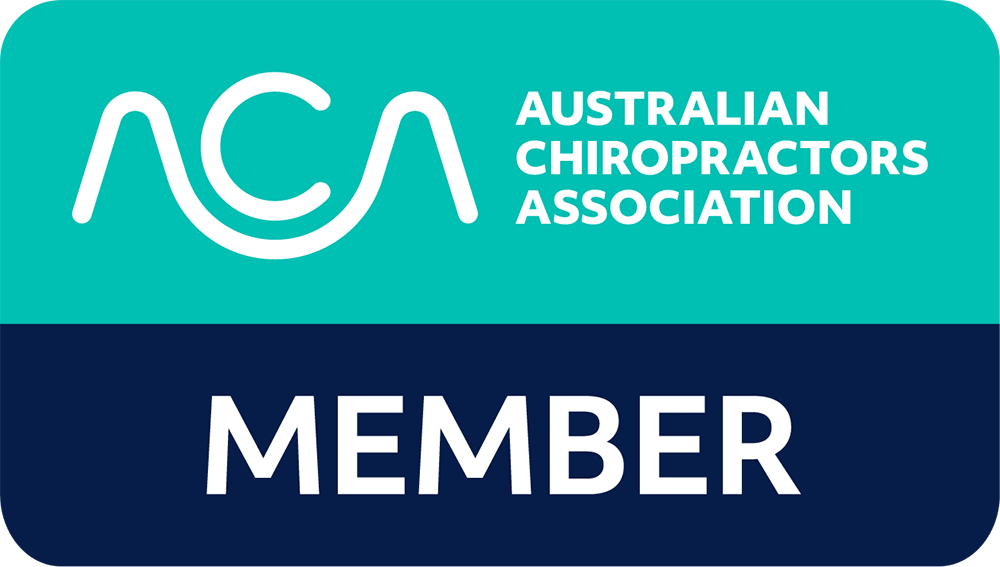
Lower back pain is a common occurrence, with anywhere from 70-90% of Australians likely to experience lower back pain at some point in their life. In practice, this common presentation can be due to a variety of factors. As a practitioner we always aim to find the underlying problem that has lead to your pain or complaint. When discussing with people where and why they have their pain, a common answer is “I need to get my back stronger” or “my core is weak”.
Although this can sometimes be the case, it is often not. When the topic of strength or being strong comes up they often see it being that the muscle needs to be stronger. But this ignores the most important component of strength, the nervous system. The muscle of the body, whether we are talking about our primary movers (biceps, hamstrings) or stabilisers, our central nervous system is what controls the muscle. If, and by how much a muscle is used, is regulated by the brain and central nervous system, this is known as motor control or muscle memory. So it’s possible to have a really strong muscle, but if it is not activated whilst moving it is useless.
This is why people may injure their lower back whilst picking up a light object or perform a trivial movement such as tying their shoelace. It was not caused by the fact their muscles were weak, but they were unable to create adequate spinal stability and control for the task they were performing.
Lower back injuries and pain occur at high rates within Australia, with the perception that not enough strength being the problem. For the spine to be strong, muscle memory/ motor control needs to be sufficient enough to meet the demands of the environment that we place on it. The sedentary lifestyle of sitting often is a large contributor in leading to altered muscle memory. The body will adapt to the demand being placed on it. When we sit, our pelvic position changes, and more often than not we stop using our stabilises to hold us upright. Just like muscles, when we don’t use it we lose it, the same too happens with our neurological or motor patterns. Recurrent habits lead to changes in our muscle memory, whether good or bad habits.
So how do we retrain the muscle memory?
It is possible to retrain motor pattern or muscle memory, but how we go about this is different. To an extent all resistance or training has some neurological component. E.g. when you lift weights your body’s central nervous recruits more muscle cells, leading to an increase in strength.
But to alter muscle memory and motor patterns we need to first find out what posture or positions you may be having issues with. Traditional exercises and movement can assist, e.g. planks, side bridges, in the initial phase but we may need to move beyond these movements in order to retrain more specific movements. To begin with we start on low demanding positions, working on creating stability with minimal amount of gravity or load, focusing on recruiting or activating e.g. might begin with lying flat on your back creating core activation through, we then progress to more challenging positions, and movements in order to retrain how the muscle memory or motor pattern works.
It’s important to understand that lower back pain is just not caused by the muscles being weak. Muscle memory or motor patterns is an area often overlooked when it comes to the management and understanding of lower back pain. The same goes for other injuries as well. If you are having an issues best to discuss whether this may be an issue you need to address.
To book in with Dr Nicholas Miller click here https://healthspaceclinics.com.au/team/dr-nicholas-miller

